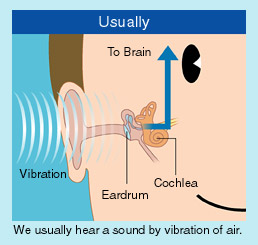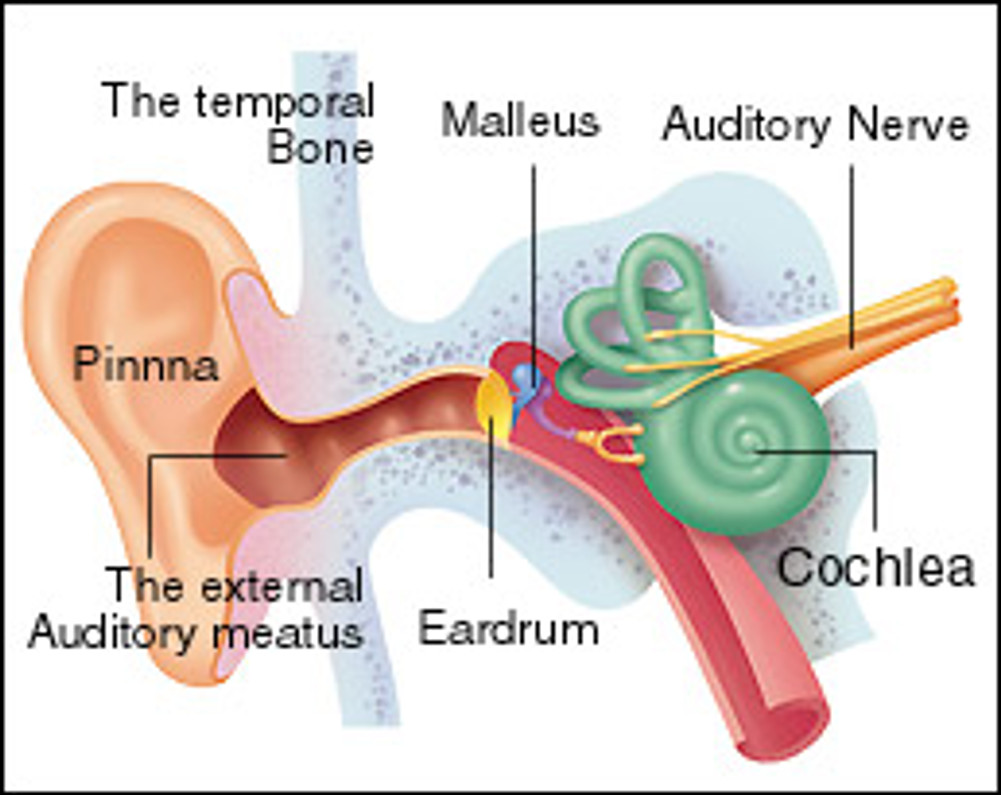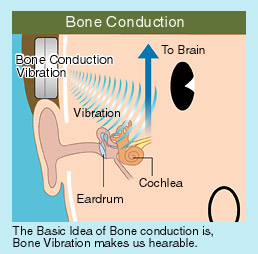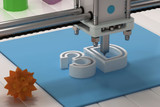Bone Conduction Technology: How it works?
Bone Conduction: How it Works
We all hear sounds through both our bones (bone-conducted or bone-transmitted) and our eardrums (air-conducted or air-transmitted). Most sounds are heard by our eardrums. The eardrum converts the sound waves to vibrations and transmits them to the cochlea (or inner ear). However in some cases vibrations are heard directly by the inner ear bypassing your eardrums. In fact, this is one of the ways you hear your own voice. This is also how whales hear.
Ludwig van Beethoven, the famous 18th century composer who was almost completely deaf, discovered Bone Conduction. Beethoven found a way to hear the sound of the piano through his jawbone by attaching a rod to his piano and clenching it in his teeth. He received perception of the sound when vibrations transfer from the piano to his jaw. This has proven that sound could reach our auditory system through another medium besides eardrums and the other medium is our bones.
| How we Usually Listen | How we Listen with Bone Conduction |
 |
|
| Normal sound waves are actually tiny vibrations in the air. The vibrations travel through the air to our eardrums. The eardrums in turn vibrate, decoding these sound waves into a different type of vibrations that are received by the Cochlea, also known as the inner ear. The Cochlea is connected to our auditory nerve, which transmits the sounds to our brain. | Bone Conduction bypasses the eardrums. In bone conduction listening, the bone conduction devices (such as headphones) perform the role of your eardrums. These devices decode sound waves and convert them into vibrations that can be received directly by the Cochlea so the eardrum is never involved. The “sound” reach the ears as vibrations through the bones (or skull) and skin. |
Recent Posts
-
Best Computer Screens for Home and Office
Computer display screens, often referred to simply as monitors, have undergone a remarkable evolutio …27th Dec 2023 -
Unleashing Creativity Down Under: The Best 3D Printing Filament Options in Australia
Australia has become a hub for creativity and innovation, and 3D printing is no exception. With an …3rd Jun 2023 -
How is 3D Printing Technology enhancing the Advertising Industry?
3D printing, or additive manufacturing, is the process of using digital files to create three- dime …8th May 2023

 FREE SHIPPING ON ORDER OVER $75
FREE SHIPPING ON ORDER OVER $75
 LOYALTY PROGRAM
LOYALTY PROGRAM
 SHIPPING WORLDWIDE
SHIPPING WORLDWIDE





 72 HOURS DELIVERY PROGRAM
72 HOURS DELIVERY PROGRAM